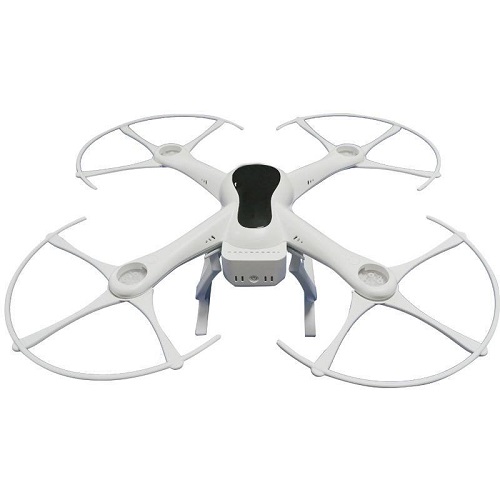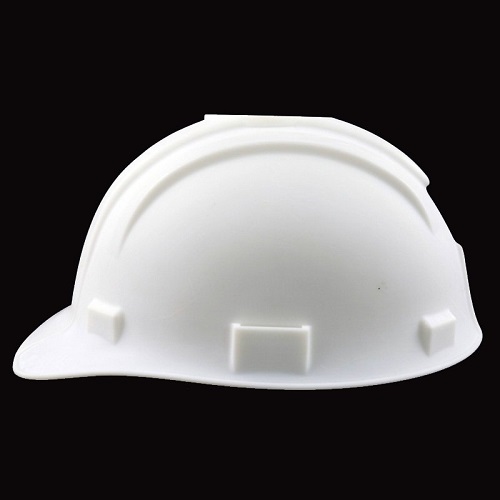One of the vital factors of ensuring high quality and high-performing 3D printing prototype is to use the right materials. There are plenty of things to consider when you are looking for the right materials, such as flexibility, strength, as well as price.
There are many types of materials applicable to make a 3D printing prototype. ABS and PLA are the two most popular materials.
ABS and PLA may seem similar. Both of them are thermoplastics. This means that when they are superheated, they enter a soft and malleable state where you can sculpt and mold them into desired shapes; and then return to the solid state when cooled.
But they do have their own unique features; for example, one is stronger and more flexible while another is easier and more convenient to use.

This article will discuss the main advantages and shortcomings of these two commonly used materials in 3D printing. It may help you choose the right materials according to your project purpose.
Acrylonitrile Butadiene Styrene (ABS)
ABS is an oil-based thermoplastic, sturdy & strong. It melts consistently at around 225 degrees Celsius. It has a relatively high “glass transition temperature” of about 100 degrees - a temperature above which a plastic melts and enters to a pliable state. This characteristic means that ABS is suitable to 3D print functional and durable parts or prototypes that are able to withstand the high temperature, such as LEGO, electronics housings, automotive bumper parts, and spare parts of machines. In addition, ABS is dissolved in acetone, which means using acetone can smooth the surface of an ABS rapid prototype.
However, when ABS is heated, the smell it produces is neither nice nor healthy. Besides, it expands when being heated and shrinks when being cooled down again. This shrinkage will cause warping when cooling too quickly. To overcome this quality problem, an ABS rapid prototype has to be printed on an enclosed and heated build chamber. Therefore, it can cool down slowly and prevent warping. But the chamber usually means higher machinery cost as well as more expensive electricity bill, more likely to lift up the pricing of ABS rapid prototypes.
Polylactic Acid (PLA)
PLA is a biodegradable thermoplastic. It is made from organic materials like sugarcane or corn starch or soybeans. It melts at a lower temperature of 190-210 degrees, and in the melting process, it doesn’t produce a bad smell, somewhat sweet instead, like candy.
PLA flows better than ABS, which means more details can be 3D printed at a higher speed. It is especially suitable for producing objects of sharp corners. Besides, when you use PLA materials, you get shinier and smoother prototypes or parts than ABS.
The glass transition temperature of PLA is about 60 degrees, which means it is not a suitable choice for objects used in high temperatures. It is also fairly brittle. Thus, if you need functional parts that have to last a while, PLA might not be the right option.
PLA is one of the most popular bioplastics, used for many applications, such as plastic cups, disposable tableware, food packaging, and medical implants.
Pros & Cons
Advantages of using ABS:
1. The ABS rapid prototype has characteristics of hardness and shock resistance. It is also resistant to slight bending.
2. The ABS print often has a glossy surface. It is more resistant to chemicals (except acetone).
3. It is recyclable as normal plastic.
4. ABS is ideal for producing functional prototypes. And using ABS, more details can be printed. This plastic makes it easy to create elements of various connections and fasteners.
Advantages of using PLA:
1. Compared to ABS, PLA IS more convenient, easy to use, eco-friendly, and does no harm to health.
2. It has a feature of high tackiness, allowing the printing of surfaces of glass, ceramics, and metal.
3. It offers the best color variants, including translucent. And if you give the PLA print a light source, it lights up at night!
4. Its increased flow-ability offers better cohesion between layers.
5. With low operating temperatures, using PLA is less likely to cause warping.

Weaknesses of using ABS
1. Generally, ABS is available in fewer colors than PLA.
2. Based on oil, ABS is less eco-friendly and renewable than PLA.
3. It may be more costly as a heated build plate or chamber is needed to avoid warping during cooling.
4. Overheating is more likely to occur during operation
Weaknesses of using PLA
1. It has a low melting point, making it unsuitable for making objects that are exposed to high temperatures like sunlight or hot water.
2. PLA prints will begin to disintegrate quickly, in one year. Thus, PLA is unacceptable for making prototypes or parts that require many details and durability.
Conclusion
Both PLA & ABS have their own advantages and disadvantages. As for which is the best, it largely depends on your prototyping purpose. And they are similar in cost.
Generally speaking, PLA has a wide color range, including translucent, transparent, and even luminous. It is ideal for molds that emphasize aesthetics over functionality. And due to the low printing temperature, it is easier to print with. PLA printing is better suited to make parts of fine details, usually preferred by hobbyists and for other small scale innovations.
On the country, the ABS rapid prototype has superior mechanical properties. It is stronger, durable, rigid, and functional, best suited for applications where strength, flexibility, machinability, as well as thermal stability, are needed. Thus it is more preferred by engineers and professionals.
Are you looking for a 3D printing prototype? Have you used these materials? If you do not decide which one to choose, you could consult your prototyping partner. A professional and experienced prototype manufacturer has extensive knowledge about the difference and suitable application of these two materials and can always help you choose the right materials.

